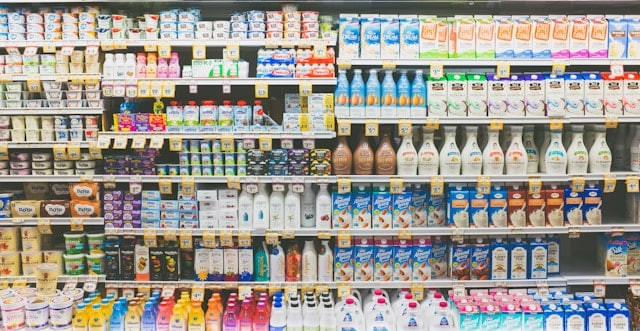Is Swollen or Bloated Food Packaging Safe to Eat?

Why Some Food Packages Swell Up
You may have noticed food packaging that looks puffed up like a balloon. While some air is intentionally added to protect the contents, excessive swelling can be a warning sign. Understanding the reasons behind this can help prevent potential food safety risks.
The Role of Air in Food Packaging
Many food packages contain a controlled amount of air to help protect the product inside. For example, chip bags are filled with air to cushion the contents and prevent breakage. However, if a package appears unusually bloated, it may indicate a problem. Food safety expert Professor Wei Zhang explains that packaging can swell when microorganisms inside release gases like carbon dioxide.
When bacteria or other microbes grow in perishable foods, they produce gases that cause the packaging to expand. This spoilage process can make food unsafe to eat. According to Meredith Carothers from the USDA’s Food Safety and Inspection Service, bloated packaging is often a sign of bacterial contamination and should not be ignored.
When Swollen Packaging Is Normal
Not all bloated packaging is a cause for concern. Some products use Modified Atmosphere Packaging (MAP), a technique that replaces oxygen with inert gases to extend shelf life. This method can slightly puff up packages of meats, cheeses, and salad mixes, but it is a safe, approved practice for maintaining freshness.
Perishable foods like raw meat, poultry, and seafood are most vulnerable to swelling due to bacterial activity, while dry products such as dried fruit and peanut butter are less likely to have this issue. The moisture in perishable foods creates an ideal environment for bacteria to thrive, leading to gas buildup and bloating.
Staying Safe from Spoiled Food
Avoid purchasing bloated food packages, even if the expiration date hasn’t passed. Professor Zhang advises throwing away any swollen packaging, especially if the food looks unusual or has exceeded its “use-by” date. It’s always better to be cautious than risk food poisoning.
Relying on smell to determine food safety isn’t always effective. Carothers warns that some spoilage bacteria don’t produce a noticeable odor, so food can seem fine while still containing harmful microbes.
To minimize the risk of bloated packaging, store food properly. Keep perishable items refrigerated and avoid exposing them to high temperatures or direct sunlight. Proper storage slows bacterial growth and helps prevent spoilage.
If you come across a swollen package, check for an expired date, odd smells, or a broken seal. When in doubt, the safest choice is to discard the food. Protecting your health is always more important than saving a few dollars.





